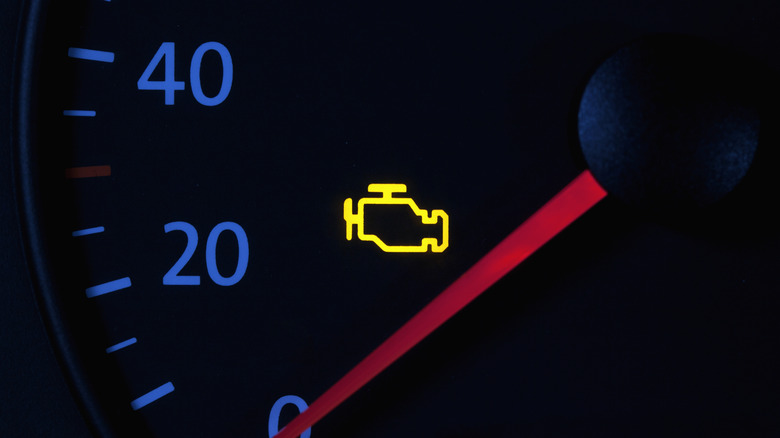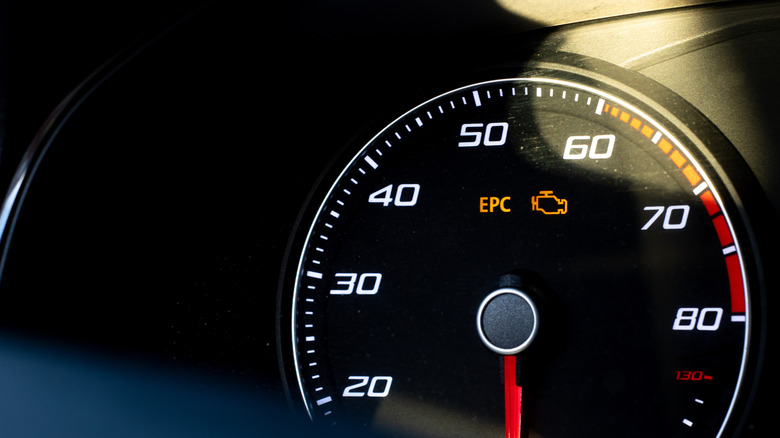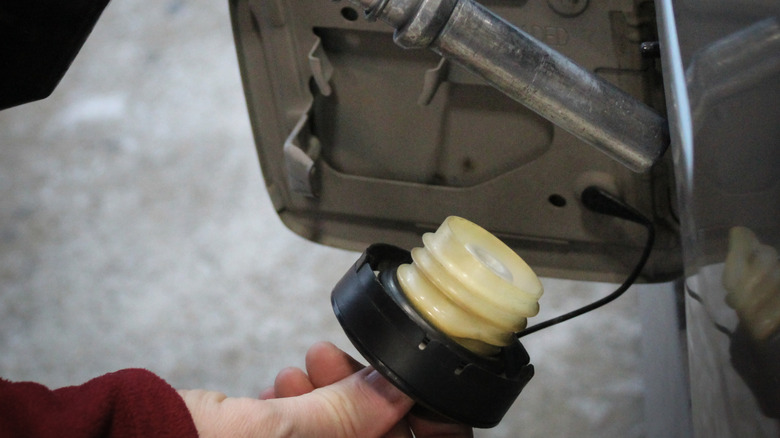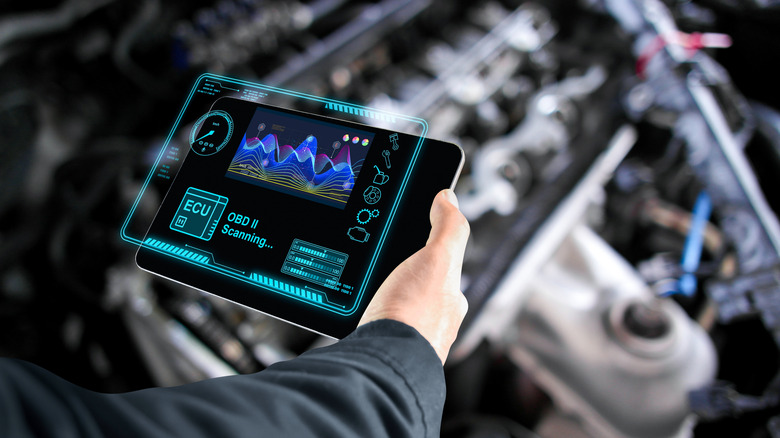Why Your Check Engine Light May Be On After Getting Gas
When your vehicle's check engine light (CEL) comes on, it's often a sign that something needs attention. But with over 20,000 parts working together in your car — many important for normal operation — a warning light could mean that any one of these thousands of components has failed. It could signal any number of issues, big or small, and might even appear after routine maintenance, such as an oil change. But what if the check engine light comes on right after you've filled up at the gas station? Is it related to your fueling habits, or is there something else going on?
There are several reasons why the check engine light may be on after getting gas. It could be something as simple as a loose fuel cap or a worn-out gasket. It could also point to issues with the evaporative emission control (EVAP) system. In some cases, the CEL light could point to something more complex, like a malfunctioning hose or a system leak.
How the check engine light works
Since the late 1970s, most cars have been equipped with an onboard computer system that monitors a variety of components. The check engine light, also known as the malfunction indicator lamp, is connected to this system. The function of this CEL light is to alert you to issues that the car's computer detects.
When the car's onboard diagnostics (OBD) system identifies a problem, it triggers the check engine light on the dashboard. This could be anything from a small issue, like the loose gas cap, to more severe engine malfunctions. Besides the warning light, the car's computer logs a Diagnostic Trouble Code (DTC) that can be read with a scanner. This helps technicians pinpoint an issue.
The computer is designed to attempt repairs or adjustments automatically when possible. For instance, the VSA system in the Accord automatically activates when it detects a loss of traction. However, the system can't fix mechanical issues on its own. If it fails to correct the issue, it activates the Check Engine light. This light can also indicate the severity of the issue. A steady light typically signals a minor problem that doesn't need immediate attention. However, you shouldn't drive if the CEL light starts flashing, as it means the issue is more urgent and potentially dangerous. Instead, you should stop the vehicle immediately.
Common causes for the check engine light after refueling
One of the most common reasons for a Check Engine light after refueling is a loose gas cap. The sensors in your vehicle's fuel system are designed to monitor fuel vapors and prevent them from escaping. If the cap isn't tightly secured — or if you accidentally leave it off — these sensors will quickly detect a pressure loss and trigger the warning light. Thankfully, after tightening the cap properly, the check engine light should disappear within a few miles or drive cycles. However, if the cap is secure and the light stays on, it could point to a deeper issue. For example, a leaky connector, a faulty gas pump seal, or a damaged sensor could be to blame. These issues will likely require a visit to a service center for diagnosis.
Another cause of the Check Engine light after refueling is overfilling the tank. When you fill the tank too much, liquid fuel can cover the vapor intake hole. This would allow the gas to be drawn into the charcoal canister, which is responsible for absorbing the fuel vapors and storing them for later use. This disrupts the vapor recovery system, which causes damage that triggers the Check Engine light. The EVAP system is made up of valves, rubber hoses, and a canister. Any issues with these often lead to expensive repairs — sometimes costing hundreds of dollars.
If there are issues with other components of the fuel system, such as the bad fuel-cap gasket or a damaged vacuum hose, the system may fail to maintain the correct pressure. This can also set off the check engine light, indicating the need for attention.
What to do when the check engine light comes on after refueling
If the check engine light comes on after you've refueled, the first thing you should do is make sure the fuel cap is on tight. It is a simple fix that can resolve the issue in many cases. Also, make sure the engine is turned off while you're filling up the tank, and avoid overfilling the tank to prevent issues with the vapor recovery system.
If the light stays on even after you've tightened the fuel cap and refueled correctly, it's time to check the next steps. If you happen to have a car diagnostics tool, such as an OBD-II scanner, you can use it to read the diagnostic trouble code from your vehicle's computer. There are several ways you can identify check engine light codes without a scanner tool, which involve using a bobby pin or cycling the ignition between OFF and ON. A common code related to fuel system issues is P0442, which specifically indicates a leak in the EVAP system.
While it's important to address the issue, remember that the check engine light doesn't always point to a catastrophic problem. However, leaving the CEL unchecked could lead to more serious complications down the road. For now, you're usually okay to drive for a few more days with short trips. But if you're planning a longer trip, it's a good idea to have the issue resolved before you go.



